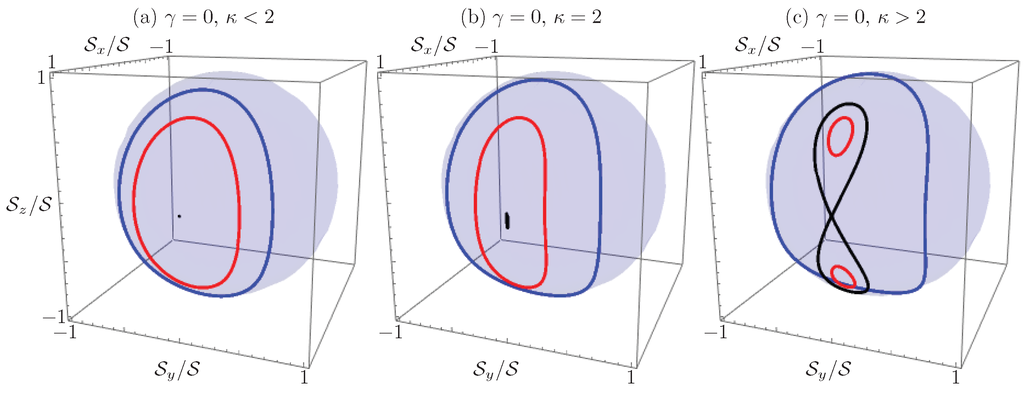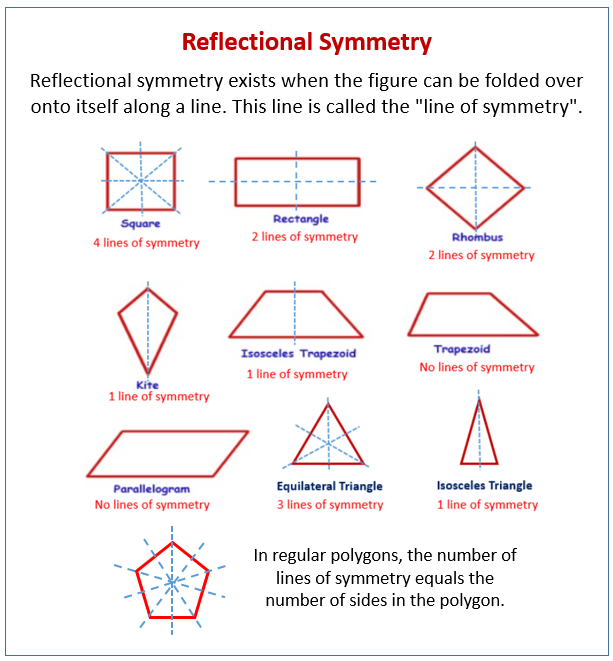
Ey also goes through zero along the plane of symmetry. Notice that Ex has the same sign on each half of the simulation region. The following figure shows the Real part of Ex and Ey of a mode that was calculated with the Mode source.

The above symmetry rules are helpful when determining the symmetry of modes found with the mode source, and resonant modes of cavities.

The reflection symmetry rules are shown in the figure below. The electric and magnetic fields will obey certain symmetry rules with respect to reflections through the plane of symmetry. Note that the blue arrows are electric field and the green arrows are magnetic field. The non-zero field components are shown in the following figure. The following table lists the field components that are zero for each symmetry option. Symmetry boundary conditions are implemented by forcing the appropriate field components to zero. When the EM fields have a plane of symmetry, some field components must be zero at the plane of symmetry.

#Even reflection symmetry optics how to
This topic describes the difference between symmetric and anti-symmetric boundary conditions, and how to select the appropriate boundary for your simulation.įor an alternative video in Mandarin, click here Fields at the symmetry boundary By taking advantage of this symmetry, the simulation volume and time can be reduced by factors of 2, 4 or 8. Symmetry boundary conditions can be used whenever the EM fields have a plane of symmetry through the middle of the simulation region.


 0 kommentar(er)
0 kommentar(er)
